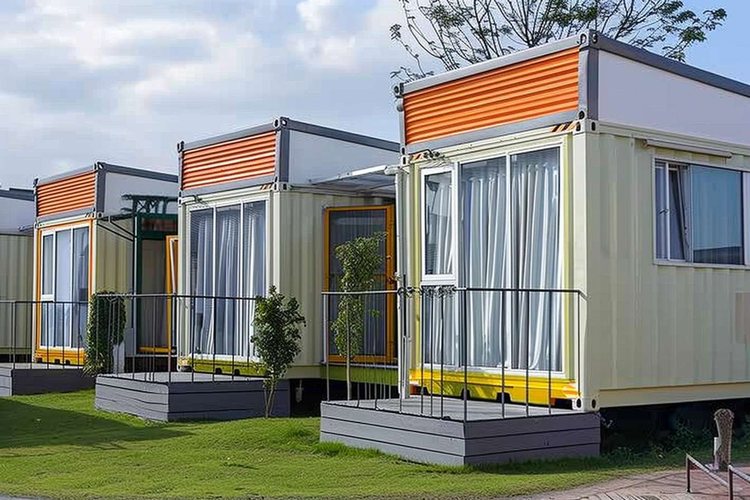Shipping Container Homes: A Modern Housing Solution
Shipping container homes have gained popularity as an innovative and sustainable housing option in recent years. These unique dwellings repurpose decommissioned shipping containers into comfortable living spaces, offering a blend of affordability, eco-friendliness, and modern design. This article explores the concept of shipping container homes, their benefits, challenges, and considerations for those interested in this alternative housing solution.

What are shipping container homes?
Shipping container homes are residential structures built using standard intermodal shipping containers. These steel boxes, originally designed for transporting goods across the globe, are modified and transformed into livable spaces. The containers are typically 20 or 40 feet long, providing a sturdy and modular foundation for creative home designs. Architects and homeowners can combine multiple containers to create larger living areas, multi-story houses, or even apartment complexes.
Why choose a shipping container home?
There are several compelling reasons to consider a shipping container home:
-
Sustainability: Repurposing shipping containers reduces waste and gives new life to materials that might otherwise be discarded.
-
Affordability: Container homes can be more cost-effective than traditional construction, especially in terms of materials and labour.
-
Durability: Made of weatherproof steel, these structures are designed to withstand harsh conditions and can last for decades with proper maintenance.
-
Flexibility: Containers can be easily transported and assembled, making them ideal for remote locations or temporary housing solutions.
-
Speed of construction: Container homes can often be built more quickly than conventional houses, reducing overall project timelines.
How are shipping container homes constructed?
The construction process for a shipping container home involves several key steps:
-
Container selection: Choose containers based on size, condition, and intended use.
-
Design and planning: Work with architects or designers to create a floor plan and overall structure.
-
Modifications: Cut openings for windows, doors, and utilities, and reinforce the structure as needed.
-
Insulation: Add proper insulation to regulate temperature and improve energy efficiency.
-
Interior finishing: Install electrical, plumbing, and HVAC systems, as well as interior walls, flooring, and fixtures.
-
Exterior finishing: Apply weatherproofing, siding, or other exterior treatments to enhance appearance and durability.
What are the challenges of building a shipping container home?
While shipping container homes offer many advantages, there are also challenges to consider:
-
Building codes and permits: Some areas may have restrictions or specific requirements for container homes.
-
Insulation: Proper insulation is crucial to prevent condensation and maintain comfortable temperatures.
-
Structural integrity: Modifications must be done carefully to maintain the container’s strength.
-
Toxic materials: Some containers may have been treated with harmful chemicals, requiring thorough cleaning or replacement.
-
Limited space: The narrow width of containers can present design challenges for interior layouts.
How much does a shipping container home cost?
The cost of a shipping container home can vary widely depending on factors such as size, location, and level of customisation. Here’s a general overview of potential costs:
| Component | Estimated Cost Range |
|---|---|
| Single container (20ft) | £1,500 - £3,000 |
| Single container (40ft) | £3,000 - £5,000 |
| Basic modifications | £10,000 - £30,000 |
| Full home conversion | £30,000 - £150,000+ |
| Land costs | Varies by location |
| Permits and fees | £1,000 - £5,000 |
Prices, rates, or cost estimates mentioned in this article are based on the latest available information but may change over time. Independent research is advised before making financial decisions.
Are shipping container homes a viable housing option?
Shipping container homes represent an innovative approach to housing that balances sustainability, affordability, and modern design. While they may not be suitable for everyone or every location, they offer a unique alternative to traditional construction methods. As with any housing decision, it’s essential to carefully consider local regulations, personal needs, and long-term goals before committing to a shipping container home project.
For those seeking an eco-friendly, customisable, and potentially cost-effective housing solution, shipping container homes can provide an exciting opportunity to create a truly unique living space. As the concept continues to evolve and gain acceptance, we may see more of these distinctive structures reshaping residential landscapes around the world.




